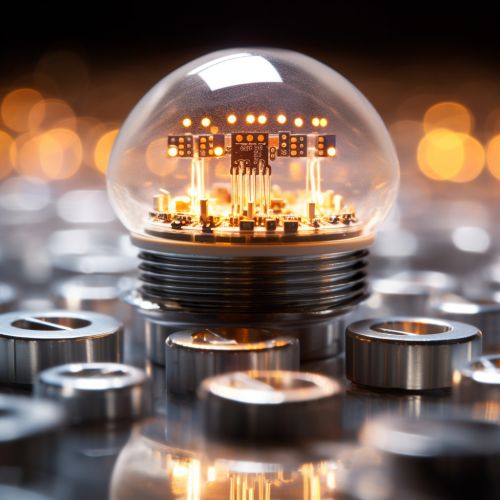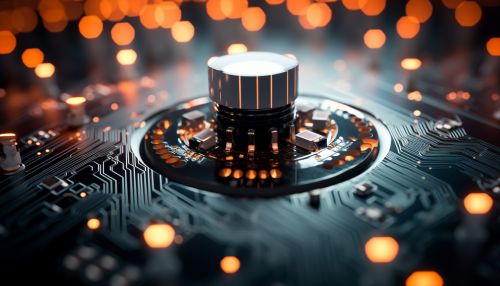The Role of Nanotechnology in Energy Efficient Lighting
Introduction
Nanotechnology, a field that manipulates matter at the atomic and molecular scale, has found its place in various sectors, including energy-efficient lighting. This article explores the role of nanotechnology in enhancing the efficiency of lighting systems.


Nanotechnology and Lighting
Nanotechnology has revolutionized the lighting industry by introducing new types of lighting systems that are more energy-efficient, durable, and environmentally friendly. The application of nanotechnology in lighting primarily involves the use of nanomaterials and nanoscale structures to improve the performance and efficiency of lighting devices.
Nanomaterials in Lighting
Nanomaterials, materials with at least one dimension less than 100 nanometers, have unique properties that make them ideal for use in lighting systems. These materials can be engineered to exhibit specific optical properties, such as high light absorption or emission, which can significantly improve the efficiency of lighting devices.
Quantum Dots
Quantum dots (QDs) are nanoscale semiconductor particles that have unique optical properties. When illuminated, they can emit light of specific colors, determined by the size of the particles. QDs can be used in lighting to produce highly efficient, color-tunable light sources.
Nanophosphors
Nanophosphors are another type of nanomaterial used in lighting. These materials can absorb light of one wavelength and re-emit it at a different wavelength, a process known as phosphorescence. Nanophosphors can be used to improve the color quality and efficiency of LEDs.
Nanoscale Structures in Lighting
In addition to nanomaterials, nanoscale structures can also be used to enhance the performance of lighting devices. These structures can manipulate light in ways that are not possible with bulk materials, leading to improved efficiency and functionality.
Photonic Crystals
Photonic crystals are nanoscale structures that can control the propagation of light. They can be used to enhance the light extraction efficiency of LEDs, resulting in brighter and more energy-efficient lighting.
Plasmonic Nanostructures
Plasmonic nanostructures, which can confine light to dimensions smaller than the wavelength of light, can also be used to improve the efficiency of lighting devices. These structures can enhance the light emission of nanomaterials, such as quantum dots and nanophosphors, leading to more efficient lighting.
Applications of Nanotechnology in Lighting
The unique properties of nanomaterials and nanoscale structures have led to their use in various types of lighting systems, including LEDs, organic LEDs (OLEDs), and quantum dot LEDs (QLEDs).
LEDs
LEDs, which use semiconductors to emit light, have been significantly improved through the use of nanotechnology. Nanomaterials, such as quantum dots and nanophosphors, can be used to improve the color quality and efficiency of LEDs. Nanoscale structures, such as photonic crystals and plasmonic nanostructures, can enhance the light extraction efficiency of LEDs, resulting in brighter and more energy-efficient lighting.
OLEDs
OLEDs, which use organic materials to emit light, can also benefit from nanotechnology. Nanomaterials can be used to improve the light emission properties of the organic materials, while nanoscale structures can enhance the light extraction efficiency of OLEDs.
QLEDs
QLEDs, which use quantum dots to emit light, are a new type of lighting system that has been made possible by nanotechnology. These devices offer high color purity and tunability, making them ideal for use in displays and lighting.
Future Perspectives
The application of nanotechnology in lighting is still a rapidly evolving field, with many potential advancements on the horizon. Future research will likely focus on developing new nanomaterials and nanoscale structures for use in lighting, as well as improving the manufacturing processes for these materials and structures. With continued advancements in nanotechnology, we can expect to see even more efficient, durable, and environmentally friendly lighting systems in the future.
